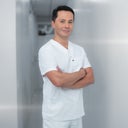Thigh liposuction, it is technically challenging, and there are a lot of potential pitfalls that are easy to oversee when making assessments and doing the procedure.
